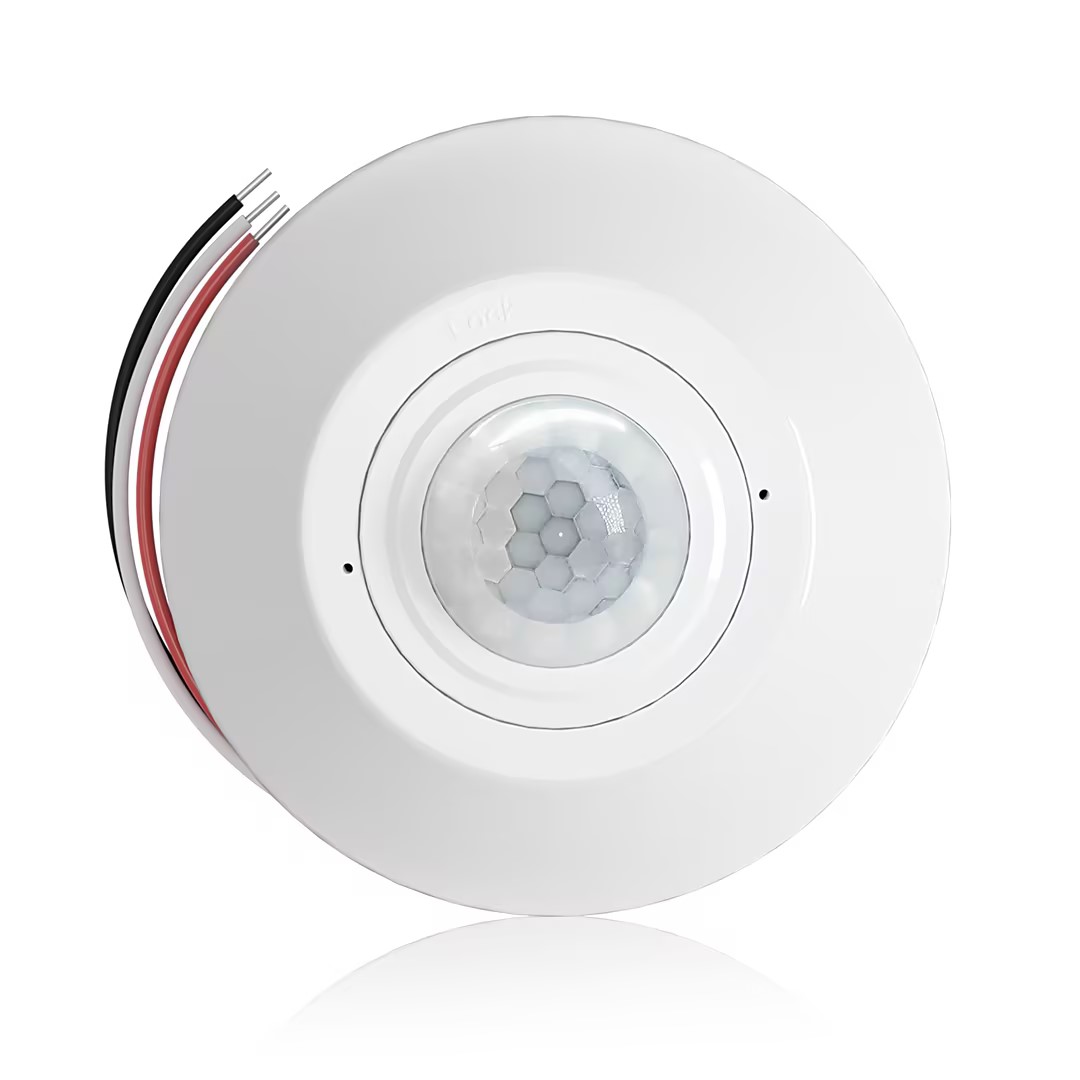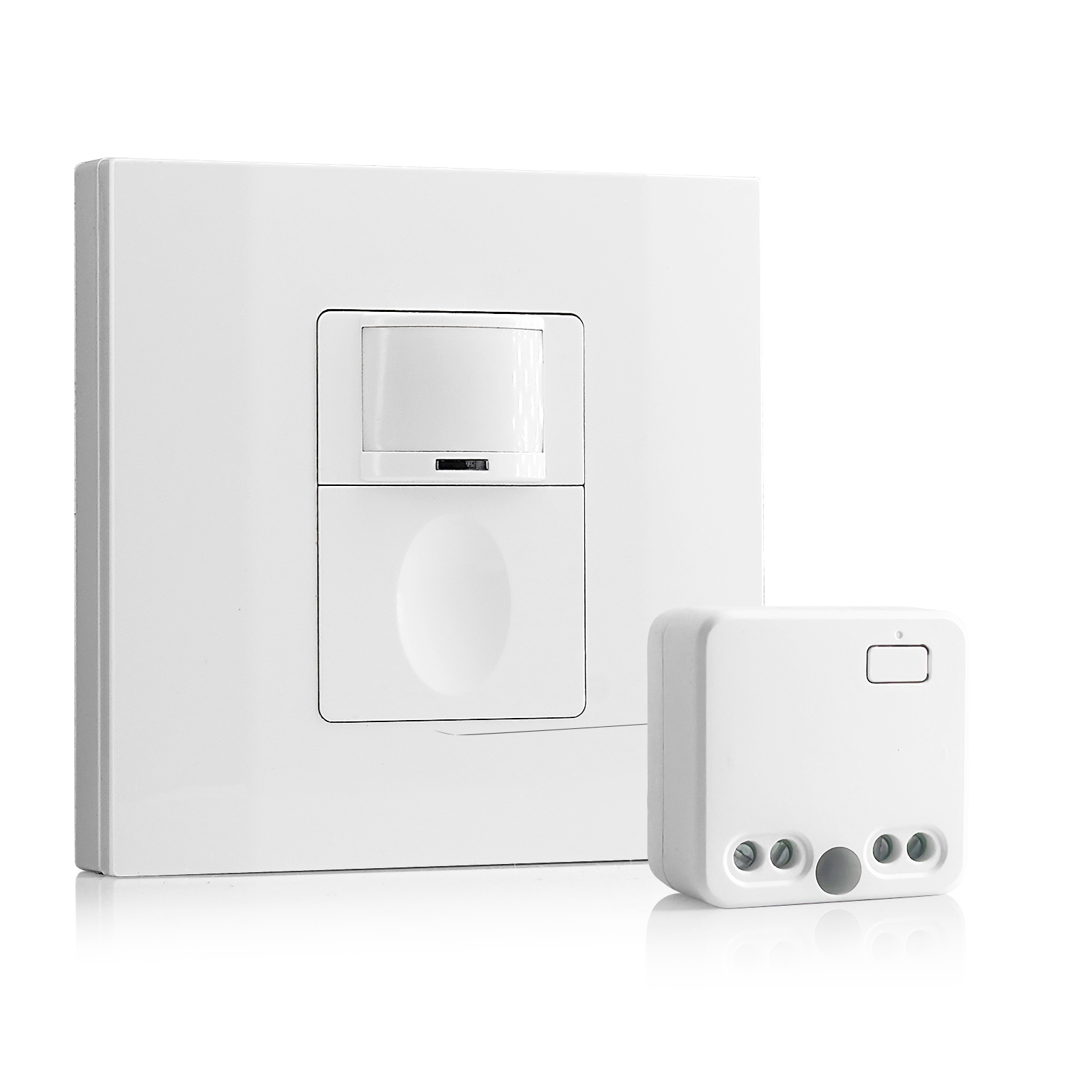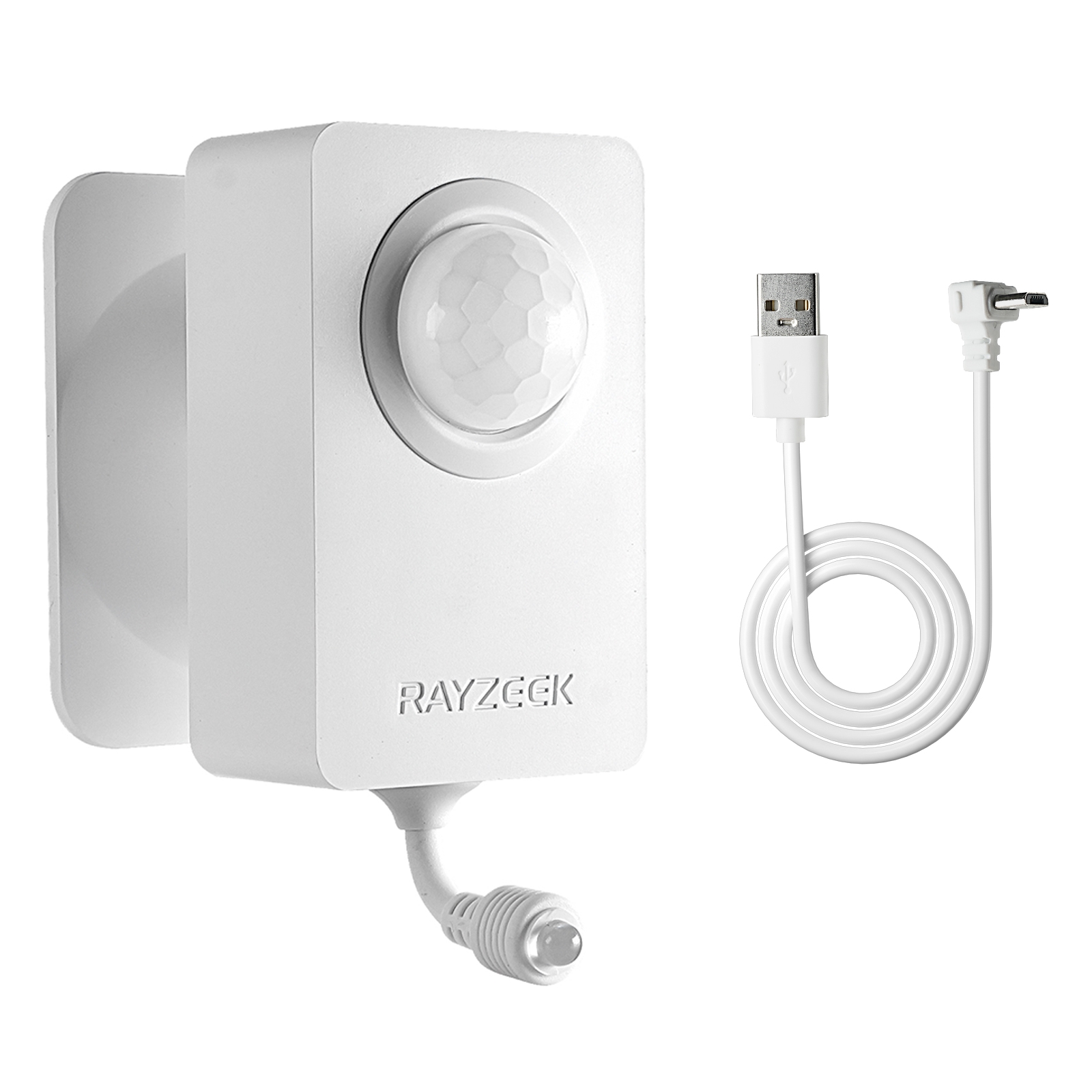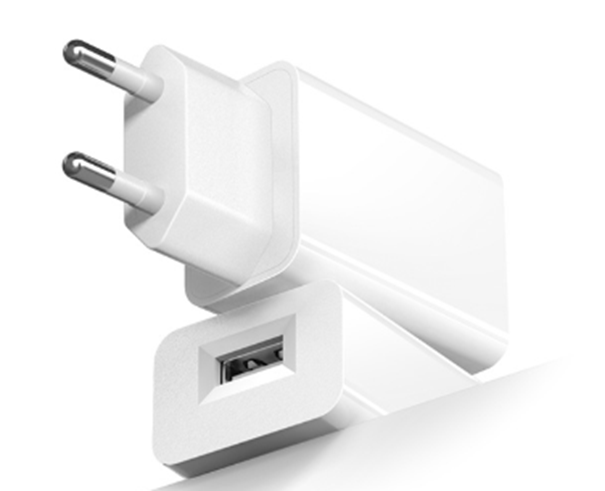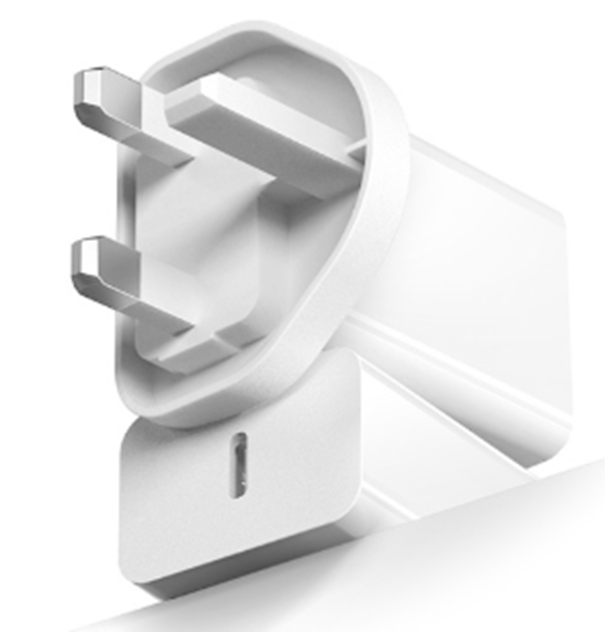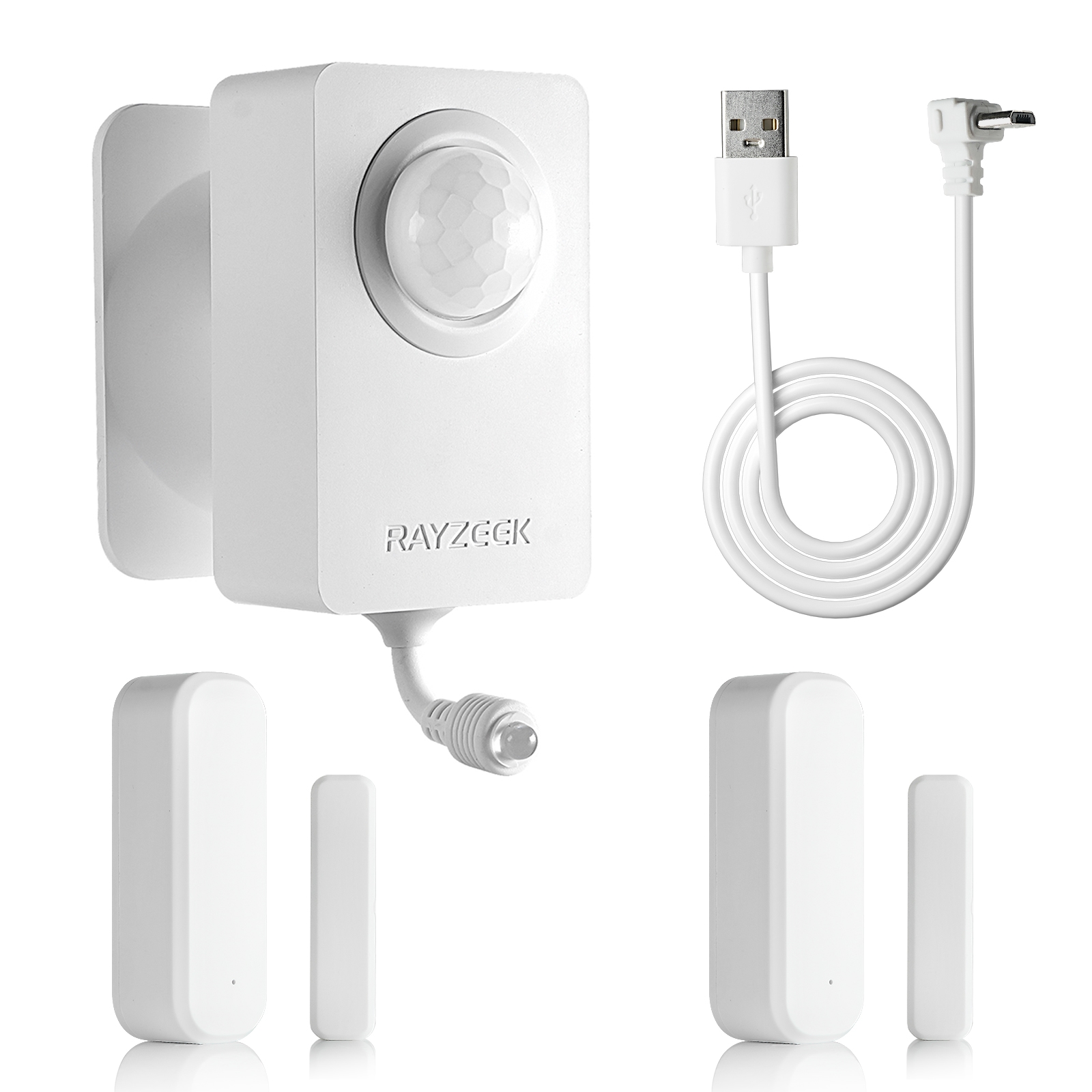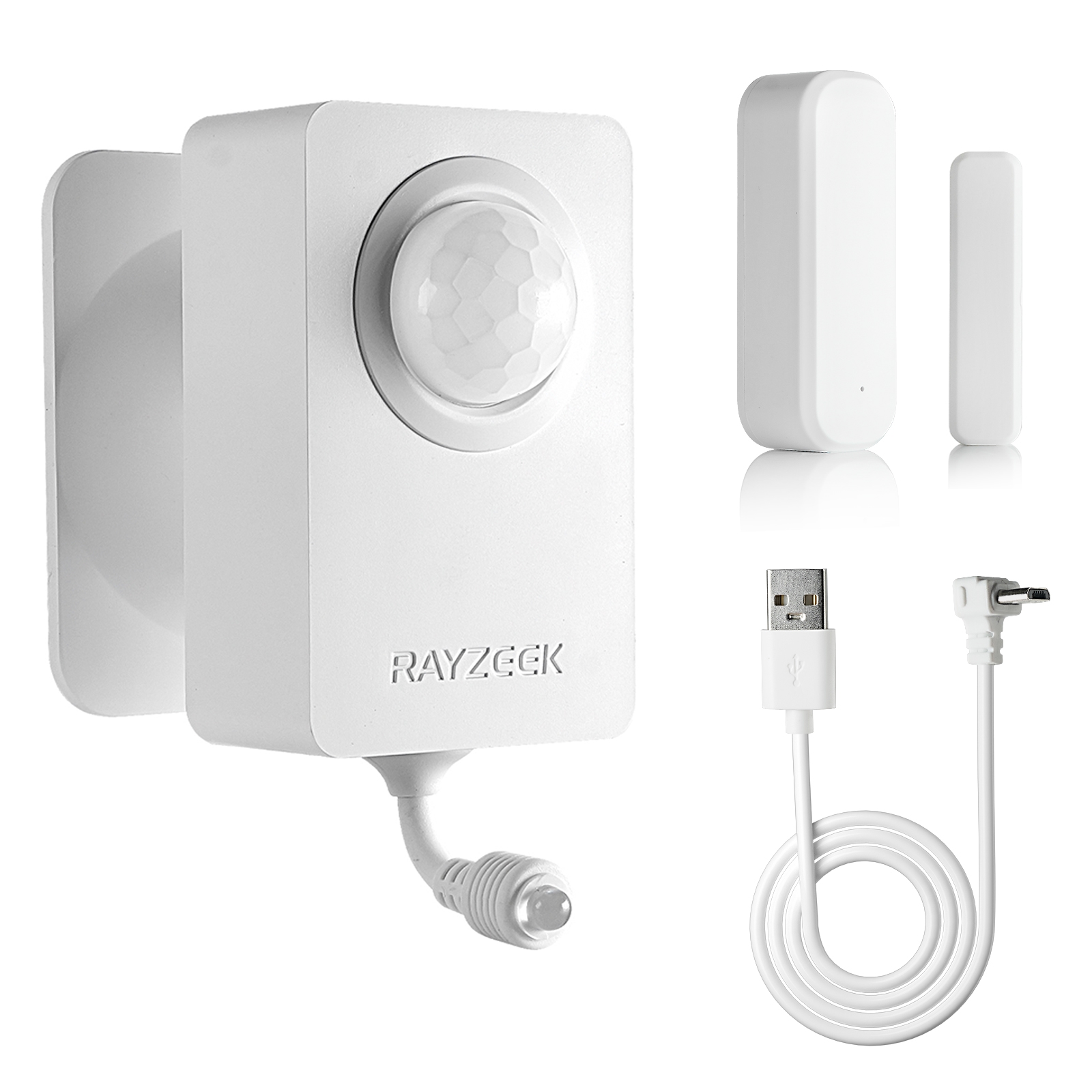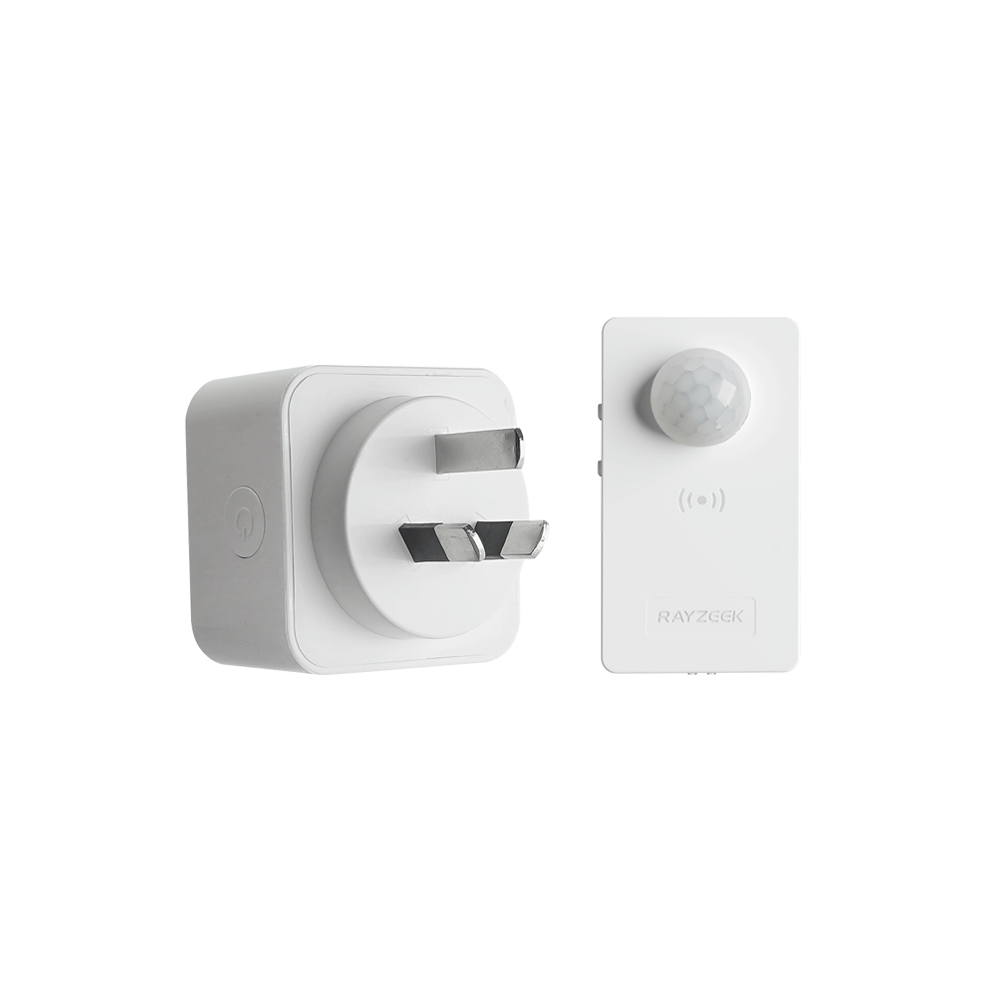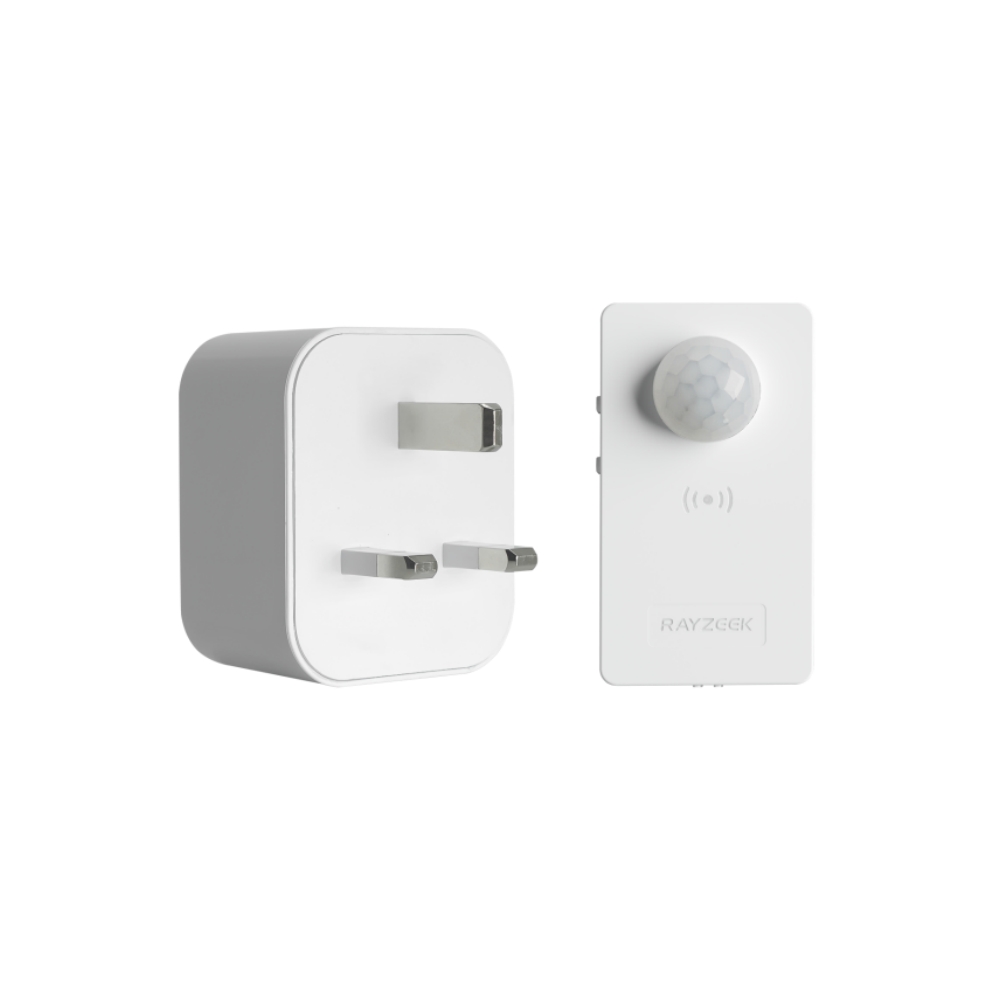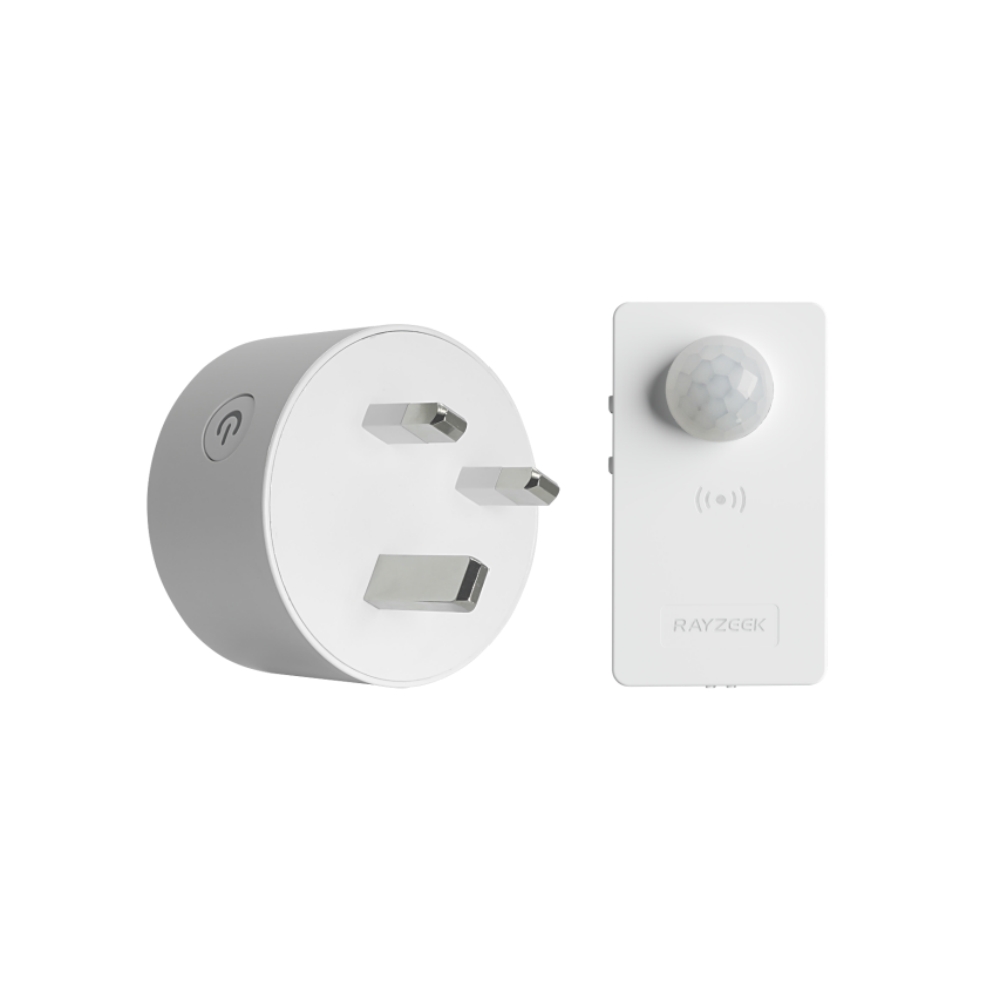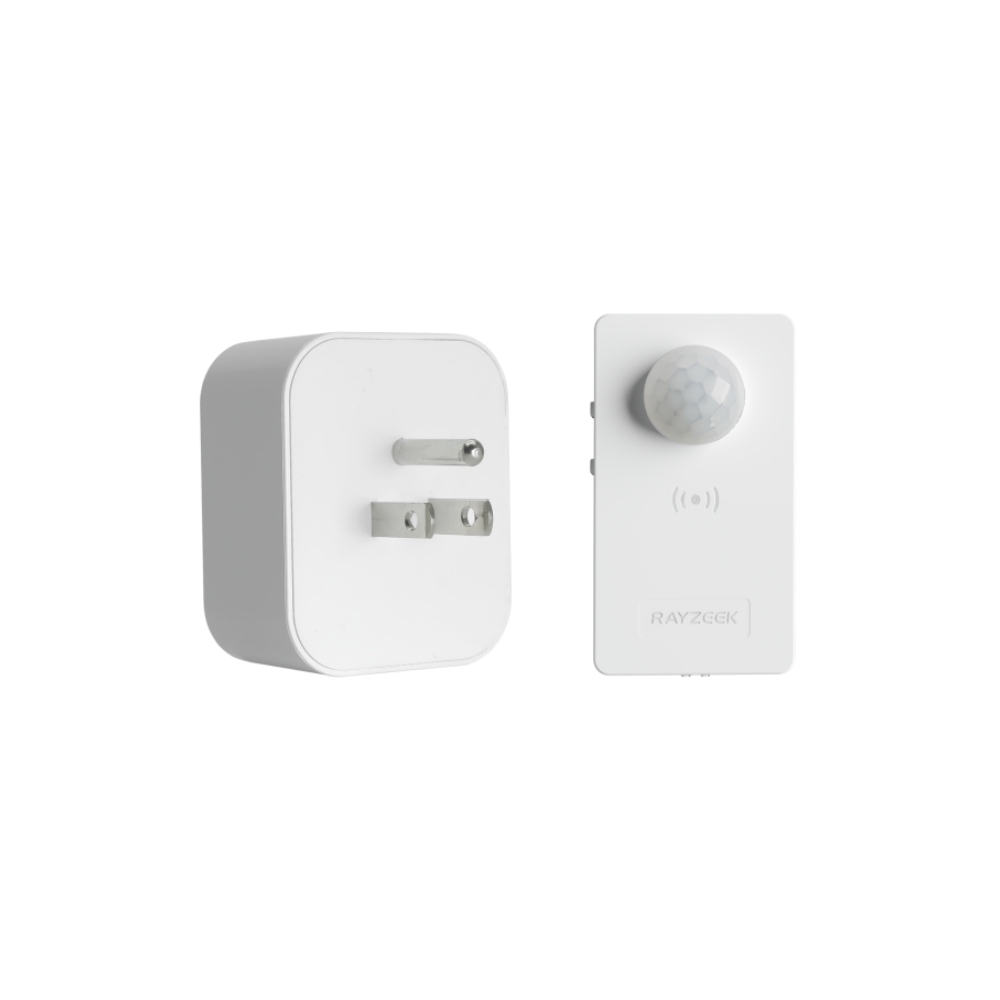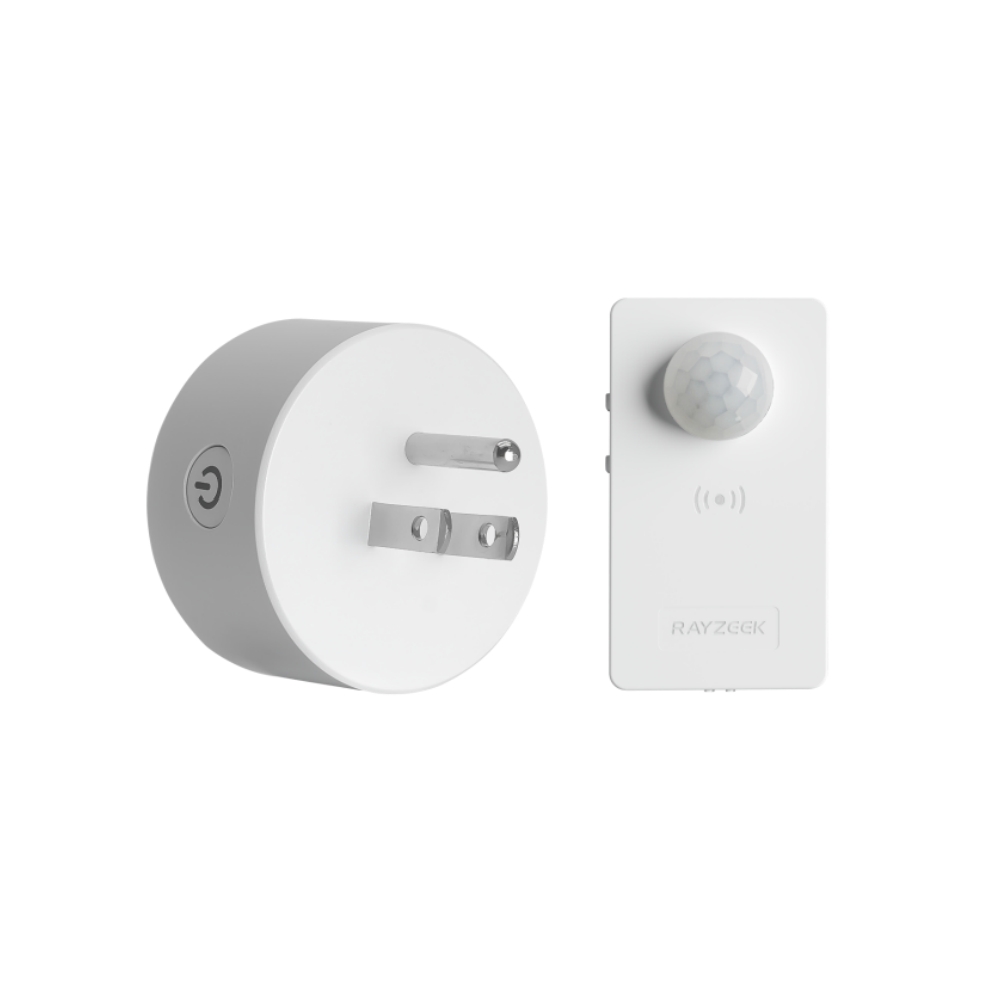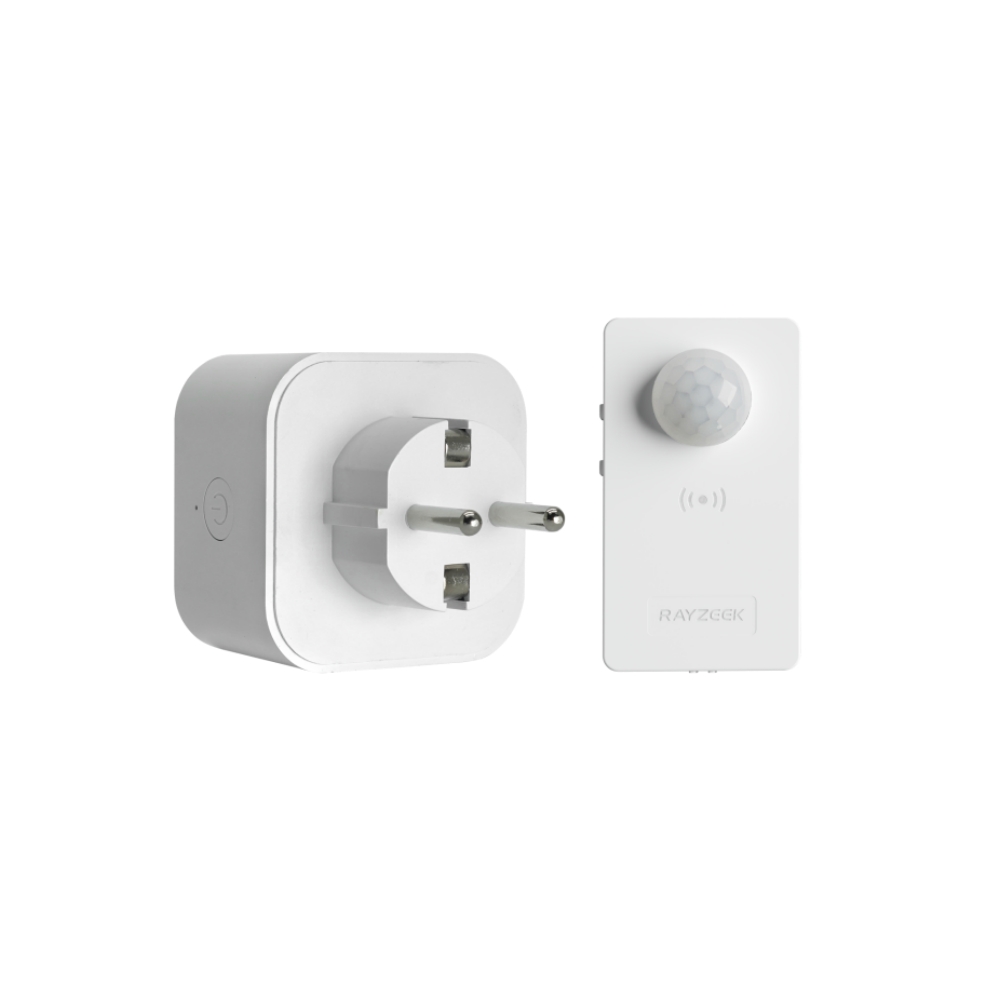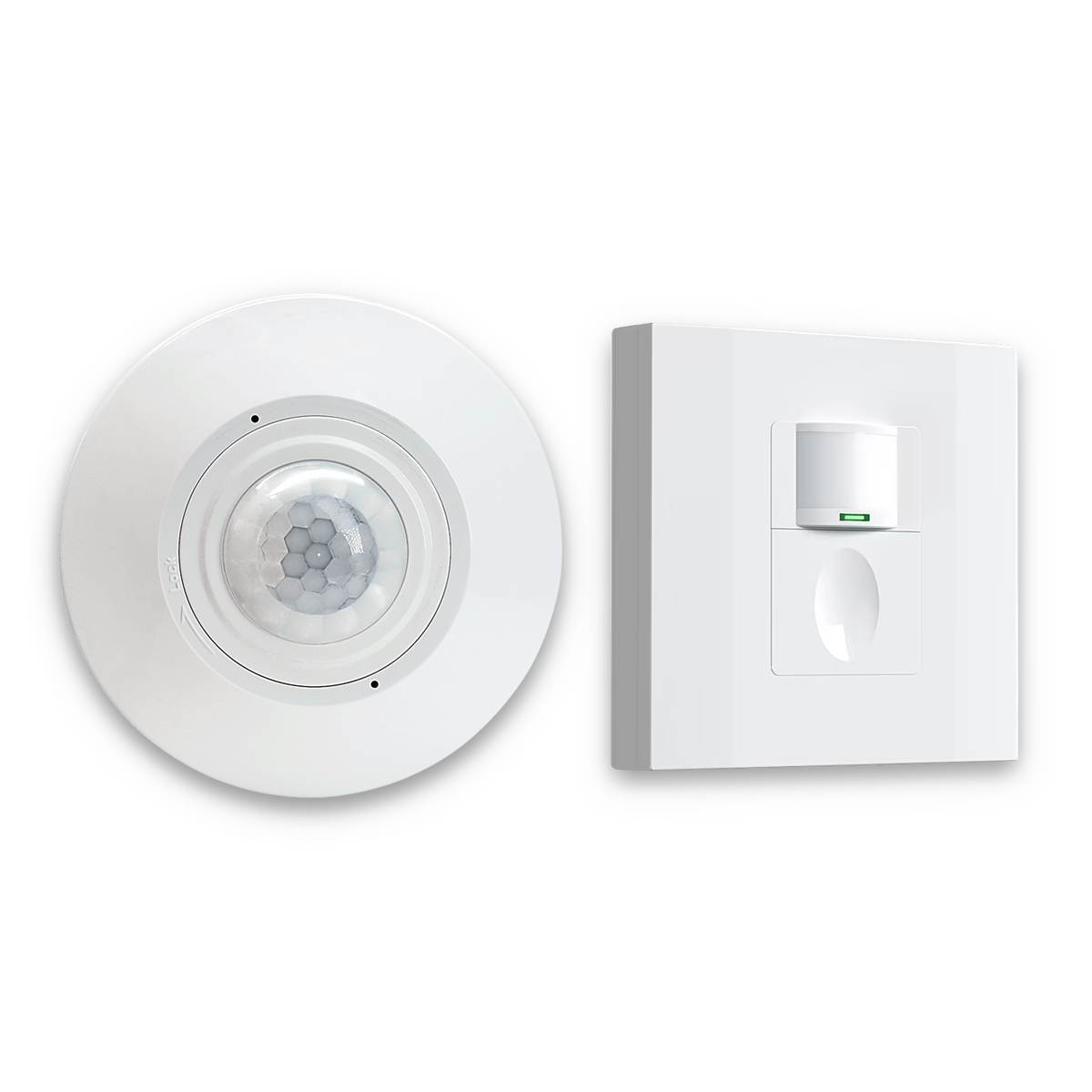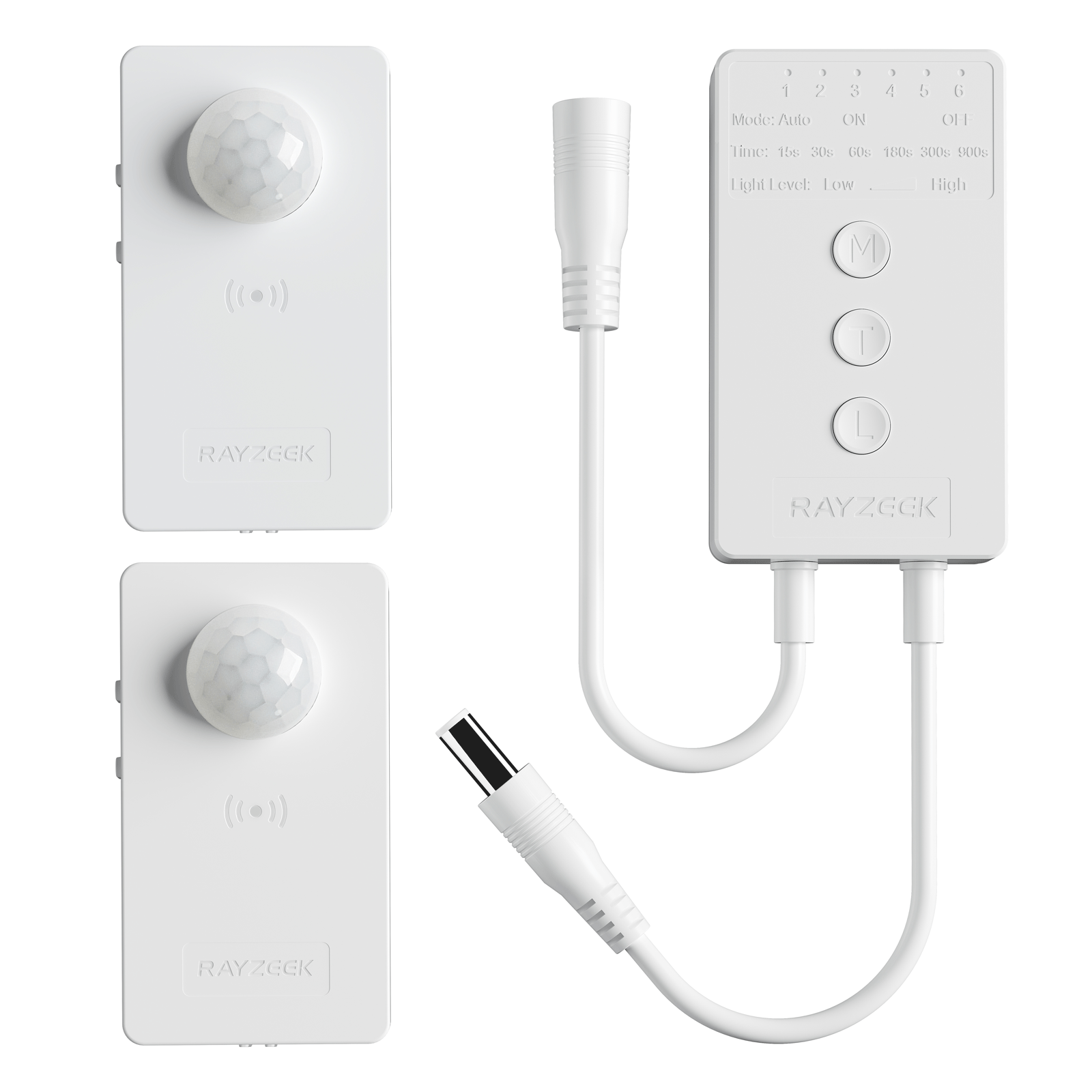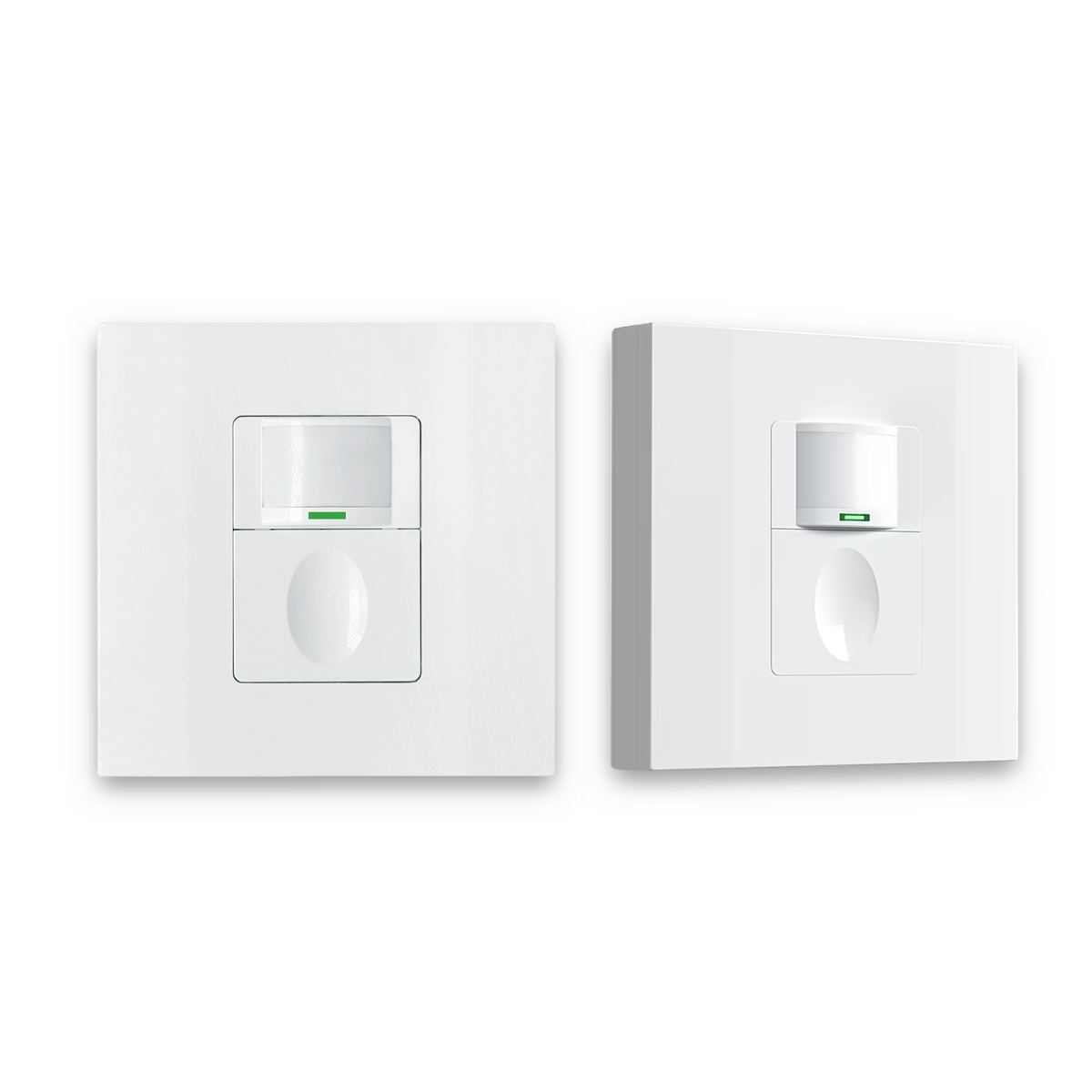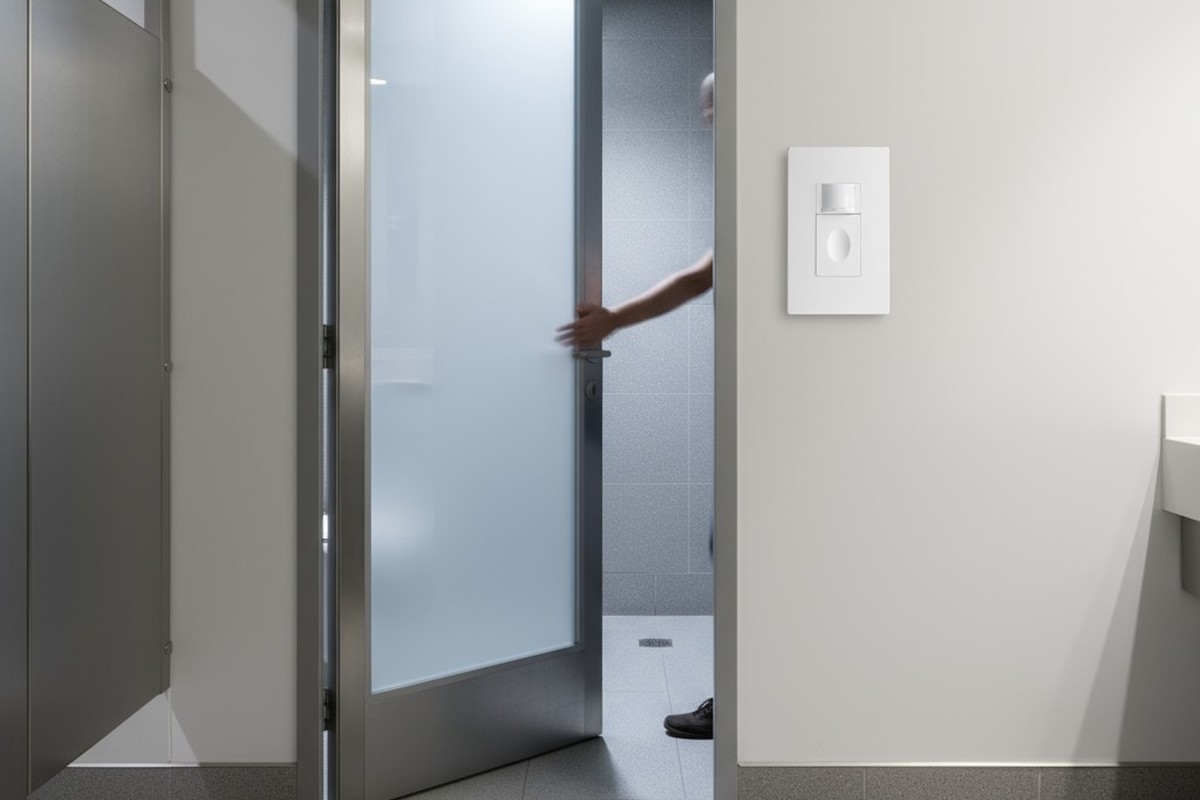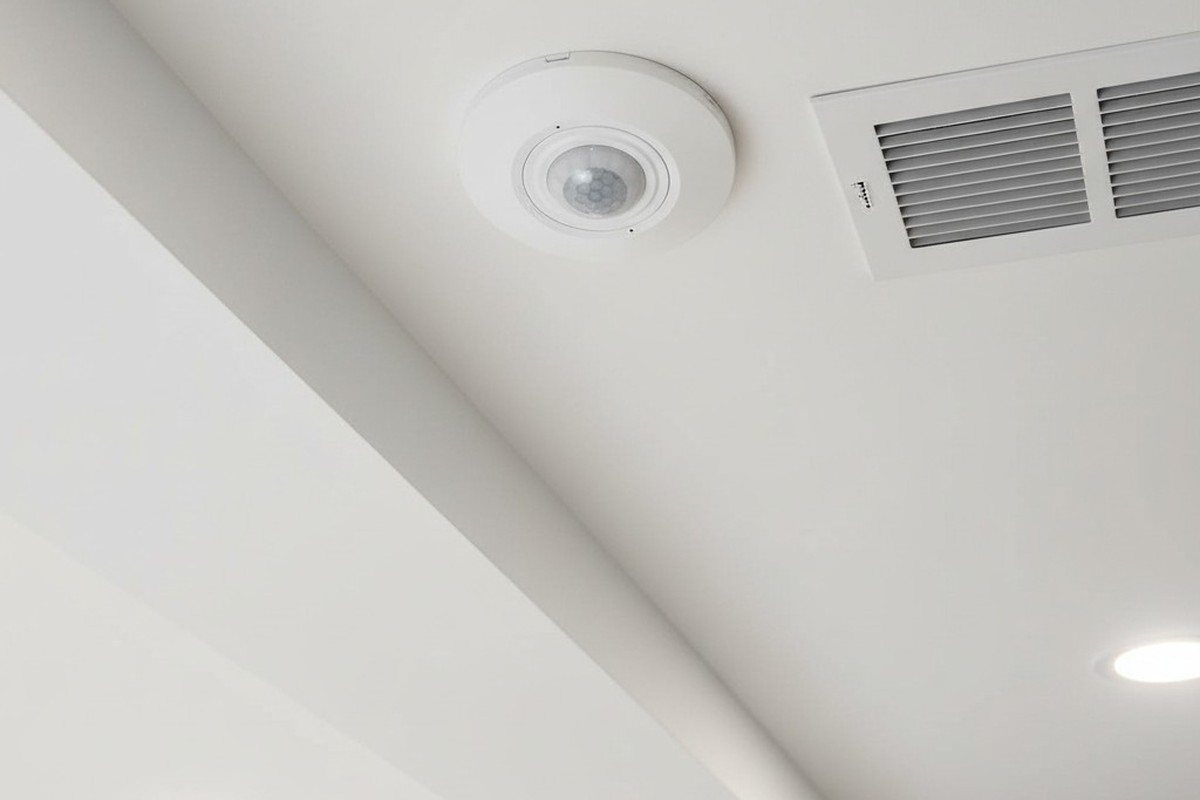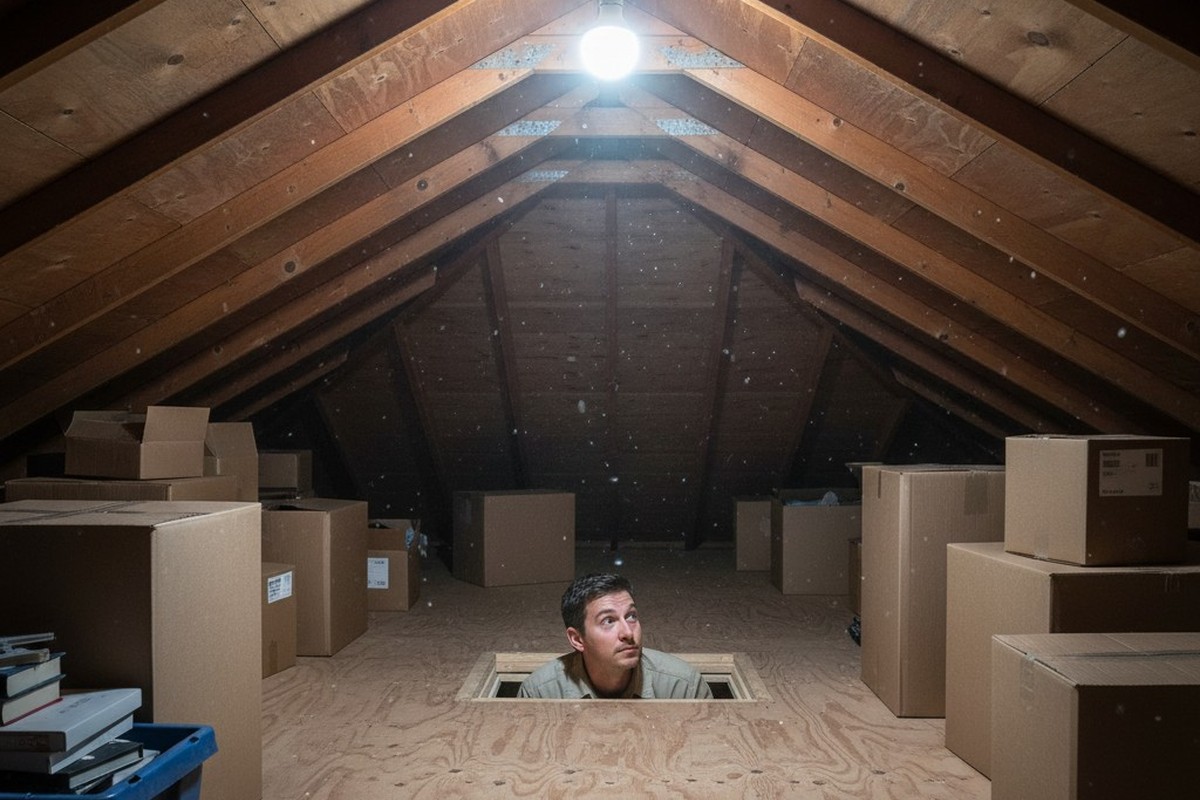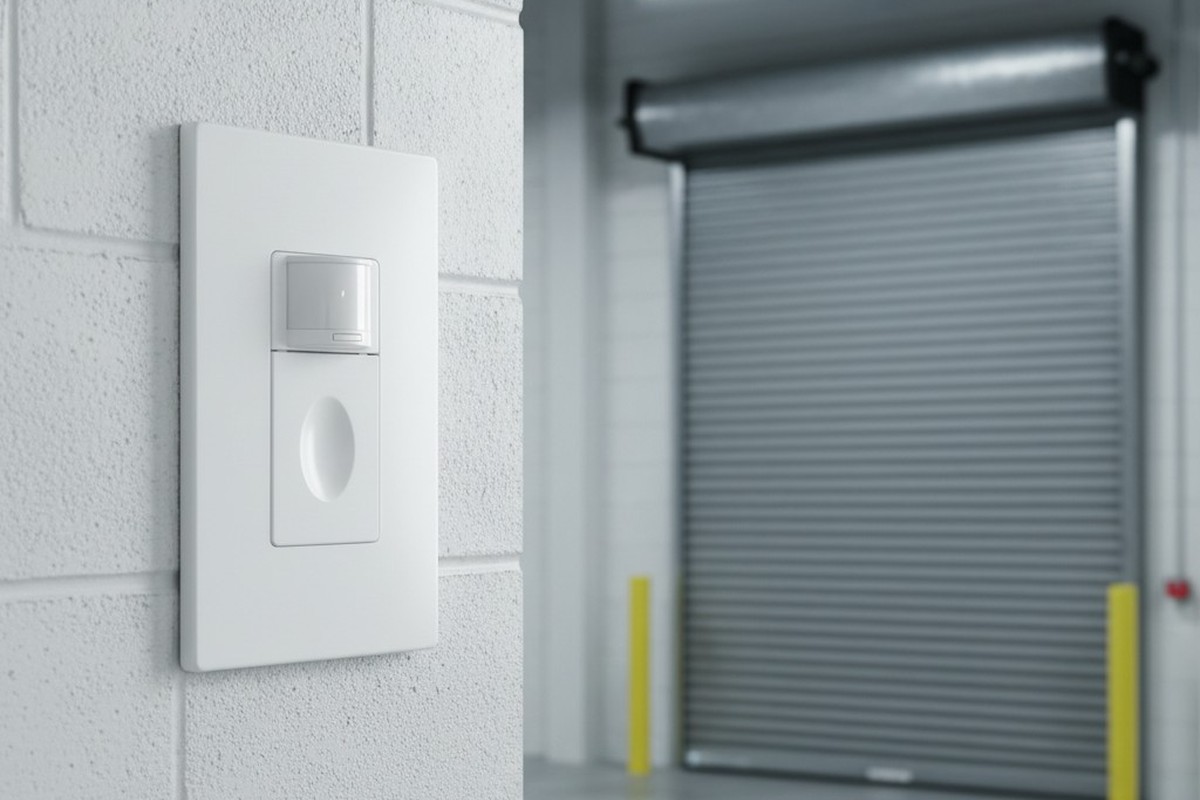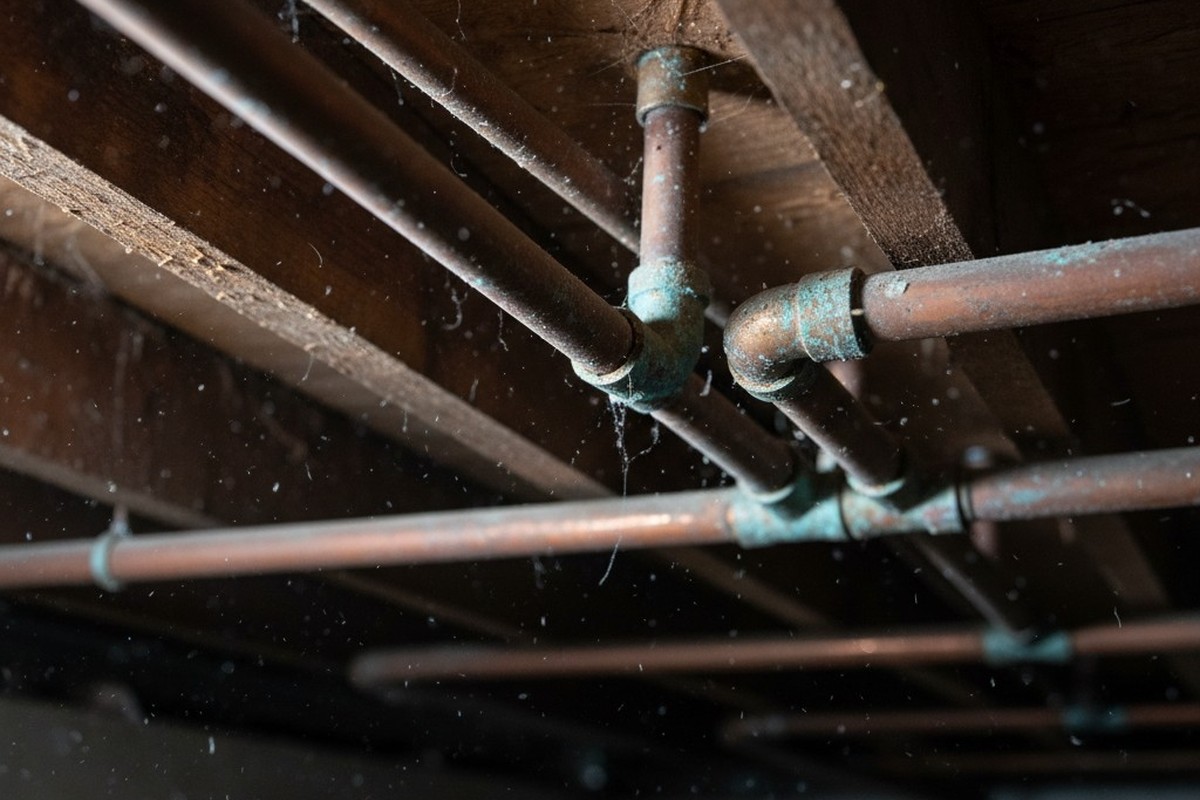Un senzor de mișcare este o lecție de încredere. Instalăm acești ochi mici, neclintiți, în colțurile camerelor noastre și le acordăm autoritatea de a distinge banalul de amenințător. Ei sunt meniti să fie santine silențioase, totuși pentru orice casă cu un animal de companie, adesea devin o sursă de frustrare profundă, un băiat digital care strigă "lup" de fiecare dată când câinele se întinde într-un raze de soare. Acest lucru duce la căutarea unei soluții tehnologice, un dispozitiv comercializat cu eticheta liniștitoare de „imun la animale de companie”.
Dar promisiunea imunității pentru animale de companie este mai complicată decât sugerează ambalajul. Ridică o întrebare care depășește tehnologia simplă, atingând însă însăși natura modului în care cerem mașinilor să interpreteze spațiile haotice și vii pe care le locuim. Alegerea nu este doar între un senzor standard și unul mai bun, ci între diferite filozofii de vedere.
O Orbire Deliberată
Diferenta dintre un senzor de mișcare standard și cel imun la animale de companie are aproape nimic de-a face cu un salt în inteligența tehnologică. În esență, ambele sunt senzori Infraroșu Pasiv, sau PIR. Sunt simpli observatori pasivi, urmărind schimbările rapide de temperatură cauzate de un corp cald care se deplasează printr-un spațiu. Un senzor standard este un detector cu oportunitate egală; vede semnătura termică a unei pisici de șase livre cu aceeași urgență ca și cea a unui om de 180 de livre. Raportează o schimbare, și atât.
Un senzor imun la animale de companie își atinge statutul nu prin inteligență superioară, ci printr-o ignoranță atent proiectată. Este conceput pentru a fi mai subtil, filtrând ceea ce vede. Acest lucru nu este un mecanism unic, ci o conspirație a două.
Primul este geometria lentilei sale, fața de plastic segmentată care împarte o cameră în zone invizibile. Lentila unui model imun la animale de companie este modelată pentru a crea un punct orb aproape de podea, un fel de „aleea pentru animale de companie” desemnată, unde un animal se poate deplasa fără a declanșa un fascicul. Al doilea mecanism este o logică de procesare mai sceptică. Programarea internă a senzorului poate fi setată pentru a cere un eveniment termic mai mare sau pentru a necesita ca o sursă de căldură să treacă prin mai multe zone de detectare în succesiune rapidă înainte de a considera evenimentul demn de un alarm. Limita de greutate afișată, „ignorați animalele de până la 40 lbs”, este o ficțiune convenabilă. Senzorul, în realitate, nu cântărește nimic. Este doar calibrat pentru a ignora o semnătură termică sub o anumită dimensiune și complexitate, un prag pentru care un câine de patruzeci de livre este un proxy util, deși imprecis.
Acest filtraj deliberat, totuși, introduce un compromis subtil, dar critic. În a face un senzor mai puțin predispus să strige "lup", îl faci și ușor mai puțin perceptiv în general. Poate fi cu o fracțiune de secundă mai lent în a observa un intrus autentic, sau, în teorie, poate fi învins de unul care se deplasează cu o încetinire nenaturală. Pentru majori, acesta este un compromis valoros. Un sistem de securitate dezactivat din pură enervare față de alarme false nu oferă nicio protecție. Un sistem fiabil, chiar și unul ușor mai puțin sensibil, este infinit mai valoros.
Inspiră-te din portofoliile senzorilor de mișcare Rayzeek.
Nu găsești ceea ce vrei? Nu vă faceți griji. Există întotdeauna modalități alternative de a vă rezolva problemele. Poate că unul dintre portofoliile noastre vă poate ajuta.
Când Geometria Eșuează
Eficacitatea acestei orbiri proiectate depinde în totalitate de disponibilitatea animalului de companie de a respecta limitele sale. Pentru un câine care își petrece viața pe podea, sistemul funcționează minunat. Chiar și un câine mare, care depășește tehnic limita de greutate de marketing, rămâne în zona orbă inferioară a senzorului, mișcările sale fiind invizibile.
Întregul concept se prăbușește, totuși, odată cu introducerea unei pisici.
O pisică tratează o cameră nu ca pe un plan de podea, ci ca pe un peisaj tridimensional de oportunități. Spatele canapelei, o bibliotecă, partea de sus a dulapurilor de bucătărie — acestea nu sunt doar mobilier, ci puncte de observație. În momentul în care o pisică sare de pe podea, iese din „aleea pentru animale de companie” atent construită și intră în zonele superioare de detectare unde senzorul este complet activ. Pentru ochiul neclintit din colț, corpul mic și cald al pisicii este acum indistinct de orice alt intrus. Aceeași eroare apare și când mai multe animale mici se joacă împreună, semnăturile lor termice combinate fuzionând într-un eveniment mai mare care depășește pragul declanșator al senzorului. Așa ajung proprietarii să alerge după alarme fantomă, incapabili să reconcilieze alertele senzorului cu o cameră goală.
Problema, deci, nu este un senzor defect, ci o premisă defectă. Tehnologia presupune o lume a mișcării bidimensionale care pur și simplu nu există în multe case moderne. Când se confruntă cu această realitate, în special într-o casă condusă de o pisică cățărătoare, soluția nu este un filtru mai bun. Este un alt tip de senzor în întregime.
Poate sunteți interesat de
Necesitatea unei a Doua Opinii
Pentru aceste medii mai provocatoare, cea mai robustă soluție este un dispozitiv care operează pe principiul verificării: senzorul cu dublă tehnologie. Aceste unități găzduiesc două tehnologii distincte, un senzor PIR standard și un senzor cu microunde (MW), și necesită ca ambele să fie de acord că ceva nu este în regulă înainte de a declanșa un alarm.
Componenta PIR funcționează ca întotdeauna, urmărind o semnătură de căldură în mișcare. Componenta cu microunde, între timp, umple activ camera cu un câmp de unde radio de înaltă frecvență și caută perturbări cauzate de un obiect în mișcare, similar cu un sistem radar. Acest model de verificare dublă este excepțional de eficient în respingerea falselor alarme care afectează sistemele mai simple. O rază de soare care încălzește podeaua va declanșa PIR-ul, dar deoarece nimic nu se mișcă fizic, senzorul cu microunde rămâne tăcut. O pisică care urcă pe o bibliotecă are căldură corporală pentru a declanșa PIR-ul, dar masa sa mică adesea nu este suficientă pentru a crea o perturbare semnificativă în câmpul de microunde.
Un alarmă se declanșează doar atunci când cele două simțuri sunt de acord, când dispozitivul detectează atât o semnătură de căldură, cât și o semnătură de masă în mișcare. Acest salt în fiabilitate vine cu un salt corespunzător în cost, adesea de două sau trei ori mai mult decât un senzor PIR standard. Dar reprezintă o schimbare fundamentală de la încercarea de a face un singur simț mai puțin sensibil, la a cere corroborare din partea unui al doilea, complet diferit.
Curentii Invizibili ai unei camere
Chiar și cel mai sofisticat senzor poate fi învins de mediul său. Ultima linie de fiabilitate provine din înțelegerea faptului că o cameră nu este o cutie goală, statică. Este un spațiu plin de forțe invizibile care pot păcăli o mașină proiectată să detecteze schimbări termice.
Poziționarea greșită este cel mai frecvent vinovat. A ținti un senzor către o scară, de exemplu, oferă unui animal de companie o rampă perfectă pentru ieșire din zona imună inferioară și intrarea în câmpul vizual superior. De asemenea, instalarea unei unități cu o linie clară de vedere către un copac pentru pisici sau un fotoliu preferat este o invitație la eșec.
Căutați soluții de economisire a energiei activate prin mișcare?
Contactați-ne pentru senzori de mișcare PIR complecși, produse de economisire a energiei activate de mișcare, întrerupătoare cu senzor de mișcare și soluții comerciale de ocupare/vacanță.
Dincolo de aspectul fizic, o cameră are propriul său climat termic. O suflare de aer cald dintr-un ventilator HVAC, o coloană de aer rece de la un aparat de aer condiționat sau o rază de soare care se deplasează pe podea pot crea toate tipurile de schimbări rapide de temperatură pe care un senzor PIR este construit să le detecteze. Senzorul, lipsit de context, interpretează acest zgomot ambiental ca pe un intrus. În climate foarte calde, unde temperatura ambientală a camerei poate ajunge aproape de cea a corpului uman, capacitatea senzorului de a distinge o persoană de fundal scade, reducând raza sa efectivă.
Pentru aceste situații, mulți senzori de calitate profesională oferă o ultimă opțiune manuală: un set de jumperi interni care controlează „numărul de impulsuri”. Setarea acestuia la un număr mai mare forțează senzorul să fie mai răbdător, necesitând să vadă mișcare în mai multe zone de detectare înainte de a acționa. Este ultima linie de apărare, o mână umană care intervine în mașină pentru a reduce paranoia și a o ajusta la ritmul unic și adesea imprevizibil al casei pe care o protejează.

